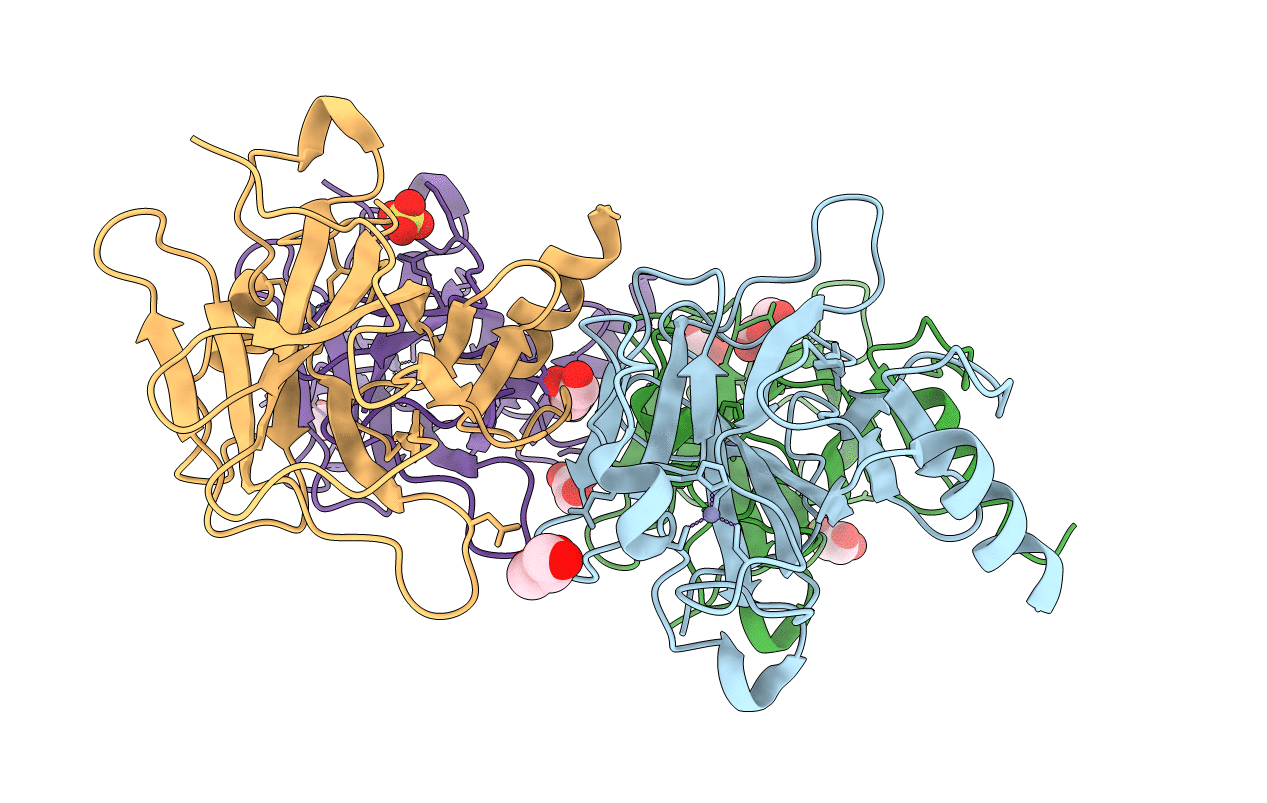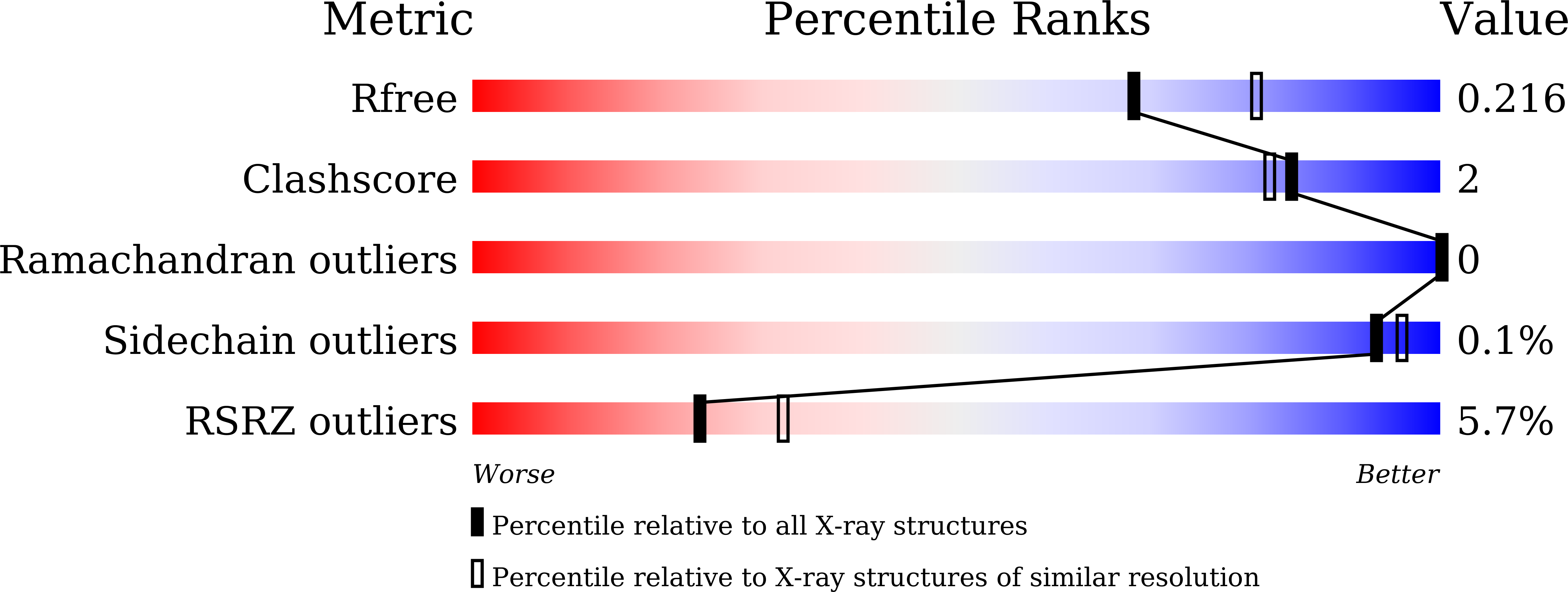
Deposition Date
2020-11-18
Release Date
2021-03-03
Last Version Date
2023-11-29
Method Details:
Experimental Method:
Resolution:
2.15 Å
R-Value Free:
0.21
R-Value Work:
0.18
R-Value Observed:
0.18
Space Group:
P 1 21 1


